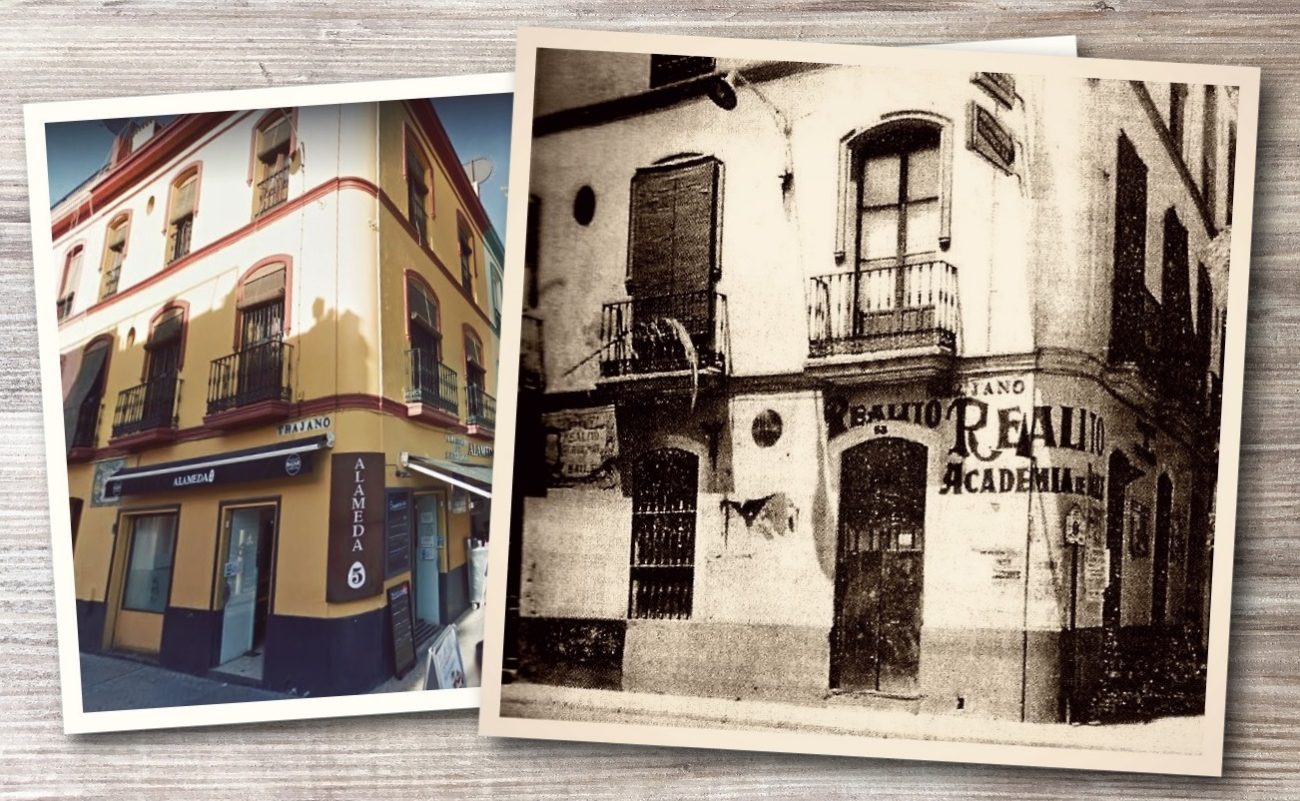Raisin stems for Seville
A few days ago, I was in the Feria district of Seville and decided to try out an experiment to find out how much the people in that area know about its flamenco history. I talked to old and young people, but I left the place feeling rather sad. If I had tried to do this in Jerez, in the

A few days ago, I was in the Feria district of Seville and decided to try out an experiment to find out how much the people in that area know about its flamenco history. I talked to old and young people, but I left the place feeling rather sad. If I had tried to do this in Jerez, in the Santiago, Plazuela or San Miguel districts, or in any of its taverns, I’d have been given a detailed lecture about the places where Chacón, La Sarneta, El Chato, Carito, Terremoto or El Sordera were born and where they lived.
Yet, the residents of this part of Seville barely know the flamenco heritage of La Feria, San Juan de la Palma, San Román, San Roque, San Luis or La Macarena, unaware of the many artists born in this area of Seville and those who lived there in the golden age of this art: Maestro Pérez, José Lorente, El Pintor and his son Lamparilla, Manuel Escacena, El Mochuelo, Pastora and Tomás, the daughters of El Ciego, Amalia Molina, Antonio Ruiz, Caracol, Vallejo… If we go further back in time to the bolero period, we have also Manuel de la Barrera, Manuela Perea La Nena, Manuel Santa María, Sartorio el de San Fernando, El Zarcillero…
What has Seville’s City Council done to remedy such deplorable lack of awareness, caused by the endemic apathy of the people in this city? It wouldn’t be a bad idea to create a flamenco research contest, for example. The Bienal festival could also promote some production based on flamenco in that part of Seville. I’ve suggested such things dozens of times, and it has all fallen on deaf ears. I’ve done this in a public way, from my media platforms, and also in private, but there’s no way anyone takes this matter seriously.
I remember some conversations I had with the teacher from Seville, Eloísa Albéniz, who was married to Arturo Pavón Cruz, the elder brother of Pastora and Tomás and father of the pianist with the same name. That woman already complained, when she was ninety years old, about how people didn’t care about La Alameda de Hércules and the surrounding area. She even asked me in her house to suggest the Spanish women’s magazine Diez Minutos if they would be willing to publish her memoirs.
She was an artist, but soon became a teacher and almost all cantaoras and singers of Seville learned how to sing, dance and present themselves on a stage in her academy at Plaza de la Mata, by La Alameda. She told me that the renowned Spanish popular singer Juanita Reina couldn’t afford paying the lessons, so her mother paid in kind with home-made crochet doilies. She also told me that the guitarist Currito el de la Jeroma (from Jerez but raised in Seville), the guitarist of Niña de los Peines, Manuel Torres and La Macarrona, used to play the piano in her academy, and he was wonderful por seguiriyas and por soleares, and sometimes would accompany Tomás singing.
It’s really sad that all these memories are being lost with the passing of time and we’re doing nothing to prevent it. I’ve tried to help out with my limited resources, publishing the biographies of Pastora, Tomás and Escacena, but that’s not enough. José Luis Ortiz Nuevo has also done a lot with his researches in the Hemeroteca. Yet, a lot more needs to be done.
I came inside a store on Relator street, where the famous Lorente was born, and I told an elderly lady there that this singer of soleás was born in that street. I asked her if she knew that already, and I was dumbstruck by her reply: “Wasn’t he from Granada?”. She had mixed up Lorente with Enrique Morente…
Raisin stems are reportedly good to restore the memory. I guess Seville needs some of that.
Translated by P. Young




